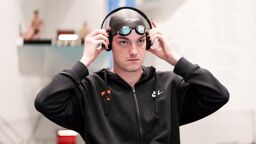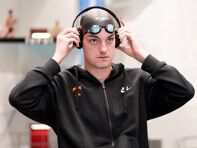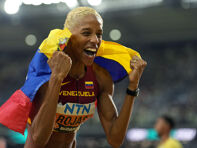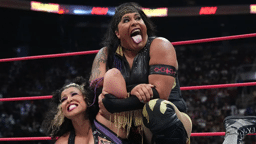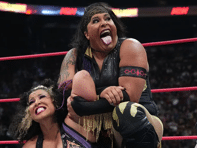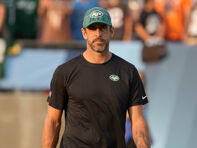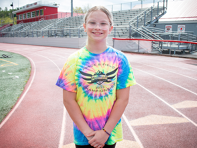Visibility is a powerful tool for social change.
This has become one of my taglines, a reoccurring theme in any article or interview I have done in the last several years. I’m often asked about why I came out publicly as a transgender athlete, and why I believe it is important for me to be out. Time after time, I return to this idea: If we can see it, we can be it.
The ability to see ourselves in the spaces we want to be in provides us a pathway to achieving our goals and living more authentically. The proof is right here: Year after year, we’ve seen more and more athletes publicly identifying as LGBTQ, with more athletes citing other athlete’s coming out stories on this site as motivation for their coming out when telling their own story to Outsports. It is the domino effect, and I’ve seen it firsthand with the countless transgender athletes I support, advise and mentor before, during and through their coming out processes.
International Transgender Day of Visibility is an annual event occurring on March 31 dedicated to celebrating transgender people and raising awareness of discrimination faced by transgender people worldwide.
For me, every day is a type of transgender day of visibility. Whether I’m speaking with athletes and coaches conducting trainings at a university, or simply documenting my training and life on Instagram, I believe living openly and authentically and sharing my story are the best ways for me to create change.
I wish I would have seen a transgender man competing against men when I was considering transition. To be quite honest, with the sexist and transphobic messages I received from society while growing up, I didn’t know if it was possible. Now, as a four-time member of Team USA in duathlon and triathlon and a men’s All-American duathlete, I can confidently say it can be done.
In short: I am out and visible as a transgender athlete because I want to be the person I needed when I was younger.
My goal is not to make everyone come out. There are a variety of reasons — particularly for transgender and non-binary folks — that may not be safe or possible. By being visible and vocal about my experiences and my identity, I hope to change policy and inspire others to be true to who they know themselves to be.
Here are a few ways athletes, coaches, and sports fans can recognize Transgender Day of Visiblity:
1. Elevate positive stories of out transgender athletes. Sharing videos, news articles, and profiles of transgender and non-binary athletes helps more people see the diversity of athletes in sport.
2. Vocalize your support that all young athletes should have the opportunity to compete in sports in a way that feels authentic to their identity.
3. Learn about and speak out against violence against transgender people, particularly transgender women and people of color. In 2017, there were at least 28 deaths of transgender people in the United States due to fatal violence, the most ever recorded. Already in 2018, seven transgender people have been killed.
4. Advocate for more inclusive sports policies for transgender and gender-expansive athletes. Visit transathlete.com to view existing policies in your state or sports and see how they compare across the nation, and for tips on how to support transgender athletes.
Chris Mosier is a hall of fame triathlete, All-American duathlete, and the founder of TransAthlete.com. He was Outsports’ 2016 Person of the Year. Follow his training on Instagram, Twitter, or Facebook. For more about Chris, visit his Web site.





